
What to see in Mali
Mali, located in West Africa, is rich in culture and natural resources. This country impresses with its natural beauty, including majestic cliffs and vast deserts, as well as its rich history and ancient Dogon culture.
One of the main attractions of Mali is trekking, which allows tourists to explore the beautiful scenery and meet the local people. Mali is also known for its cultural events such as festivals and traditional musical performances, including the famous Desert Festival in Essakane.
Investment opportunities in Mali also stand at a high level, especially in the areas of agriculture, energy and natural resource extraction. The country is actively working to improve the investment climate and provides support for foreign investors.
Business in Mali has potential, and a variety of sectors including agriculture, tourism and mining provide opportunities for entrepreneurs. Mali is committed to developing its economic sector and creating a business-friendly environment.
Thus, Mali combines cultural richness and natural beauty, making it one of the top destinations for tourists. The country also offers good investment and business opportunities, making it attractive to both travelers and investors.

Arrange your visa with us and travel to interesting places to visit in Mali!
Popular Cities in Mali:
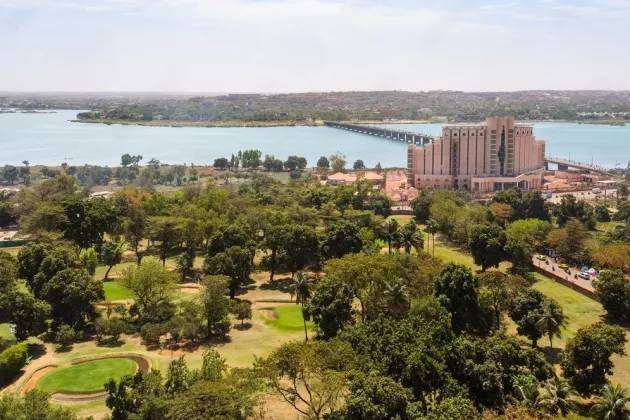
Bamako
The city of Bamako is the capital and largest city of Mali, located in West Africa. With a population approaching 2.5 million people, it is one of the largest cities in West Africa. Bamako is located on the banks of the Niger River and serves as an important center for this part of the continent.
This city is rich in history and culture. It serves as the capital of Mali and is home to government offices and cultural centers. Bamako is also famous for its markets where you can discover a variety of goods, from handicrafts to food. In addition to its role as an administrative and cultural center, Bamako is also an important economic hub for Mali.
The city offers many attractions and events for tourists, including local markets, museums and traditional musical performances. A visit to Bamako provides an opportunity to immerse yourself in African culture and learn more about Mali's rich history.
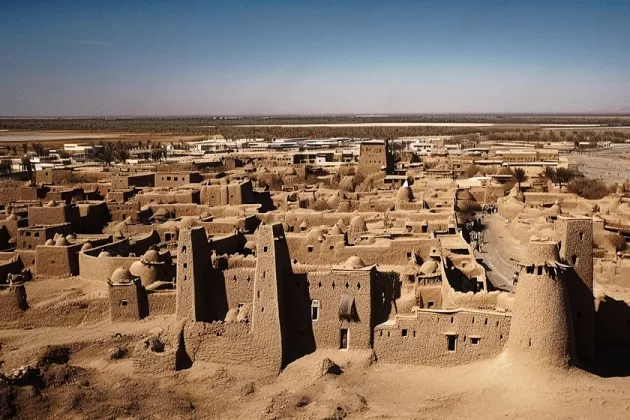
Timbuktu
The city of Timbuktu, also known as Tombouctou, is located in Mali and is a witness to a magnificent past. This city is located on the edge of the Sahara, near the Niger River. Timbuktu is known for its rich history and cultural heritage.
In 1988, Timbuktu was listed as a UNESCO World Heritage Site, emphasizing its importance in world history and culture. The city served as an important trading and educational center during the Middle Ages and was famous for its universities and libraries.
Timbuktu is also famous for its unique architecture, including earthen buildings that reflect the traditional style of African architecture. The city is a popular tourist destination where tourists can see the art and culture of Mali.
This city is also the administrative center of the Tombouctou region and serves as the capital of the Azawad State. Timbuktu remains one of the most interesting historical and cultural sites in Mali and Africa as a whole

Get your visa with our help and travel to exciting places to visit in Mali!
Interesting facts about Mali:
- Mali became independent from France on September 22, 1960.
- Television broadcasting in Mali did not begin until 1983.
- Interestingly, Mali has no access to the sea.
- The longest river in the state is the Niger, and the highest point is Hombori Tondo (1155 meters).
- Approximately 80% of Mali's working population is engaged in agriculture and fishing.
- About 65% of Mali's territory is covered by deserts and semi-deserts.
- Mali is considered the largest exporter of cotton in the region and is the third largest gold producer in Africa.
- The country produces about 50 tons of gold annually, which accounts for 20% of the country's GDP.
- Nearly half of Mali's population is under the age of 15.
- Religiously, Malians belong to Sunni Islam and Muslims make up 94% of the country's population.
 Algeria
Algeria
 Angola
Angola
 Benin
Benin
 Botswana
Botswana
 Burkina Faso
Burkina Faso
 Burundi
Burundi
 Cameroon
Cameroon
 Cape Verde Islands
Cape Verde Islands
 Chad
Chad
 Congo Rep.
Congo Rep.
 Côte d'Ivoire
Côte d'Ivoire
 Egypt
Egypt
 Equatorial Guinea
Equatorial Guinea
 Ethiopia
Ethiopia
 Djibouti
Djibouti
 Gabon
Gabon
 Ghana
Ghana
 Guinea
Guinea
 Kenya
Kenya
 Malawi
Malawi
 Morocco
Morocco
 Mozambique
Mozambique
 Namibia
Namibia
 Niger
Niger
 Rwanda
Rwanda
 Sao Tome and Principe
Sao Tome and Principe
 Sierra Leone
Sierra Leone
 Southern Sudan
Southern Sudan
 South Africa
South Africa
 Sudan
Sudan
 Tanzania
Tanzania
 Togo
Togo
 Uganda
Uganda
 Zimbabwe
Zimbabwe
 Zambia
Zambia
We will contact you as soon as possible.
Kind regards,
Visa-Navigator.com team


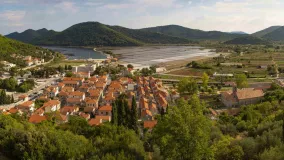
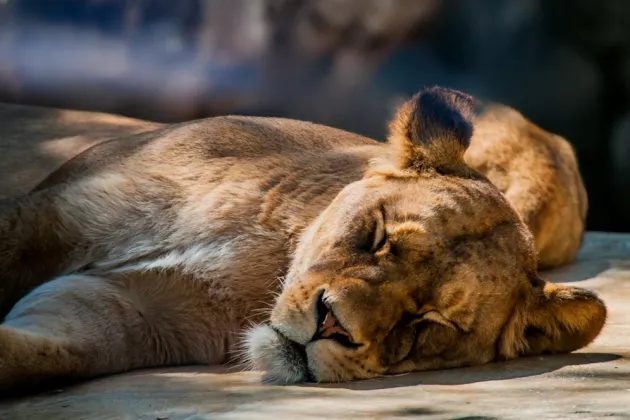
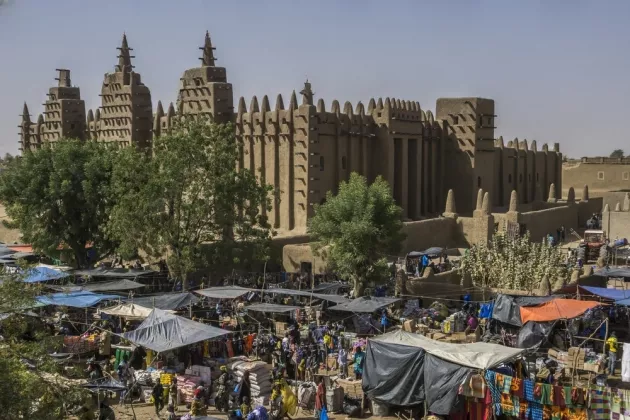
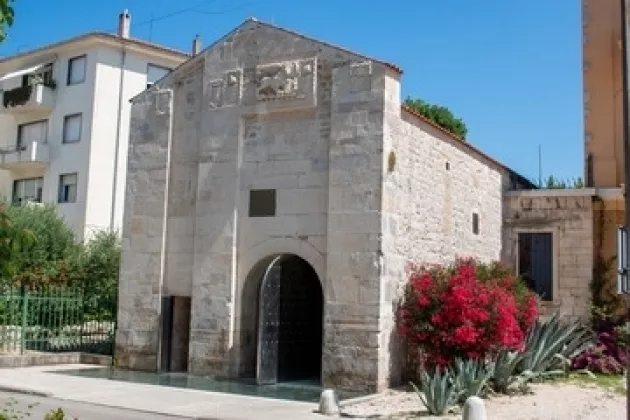

 Azerbaijan
Azerbaijan
 Belarus
Belarus
 Russia
Russia
 United Kingdom
United Kingdom
 Turkey
Turkey
 Bahrain
Bahrain
 Bangladesh
Bangladesh
 Bhutan
Bhutan
 Cambodia
Cambodia
 China
China
 Indonesia
Indonesia
 India
India
 Iran
Iran
 Kazakhstan
Kazakhstan
 Jordan
Jordan
 Kuwait
Kuwait
 Laos
Laos
 Lebanon
Lebanon
 Maldives
Maldives
 Mongolia
Mongolia
 Myanmar
Myanmar
 Nepal
Nepal
 Oman
Oman
 Pakistan
Pakistan
 Philippines
Philippines
 Saudi Arabia
Saudi Arabia
 South Korea
South Korea
 Sri Lanka
Sri Lanka
 Tajikistan
Tajikistan
 Thailand
Thailand
 Turkmenistan
Turkmenistan
 UAE
UAE
 Uzbekistan
Uzbekistan
 Vietnam
Vietnam
 Yemen
Yemen
 Bolivia
Bolivia
 Antigua and Barbuda
Antigua and Barbuda
 Bahamas
Bahamas
 Canada
Canada
 Cuba
Cuba
 Montserrat
Montserrat
 Puerto-Rico
Puerto-Rico
 St. Kitts and Nevis
St. Kitts and Nevis
 USA
USA
 Australia
Australia
 Papua New Guinea
Papua New Guinea
 New Zealand
New Zealand